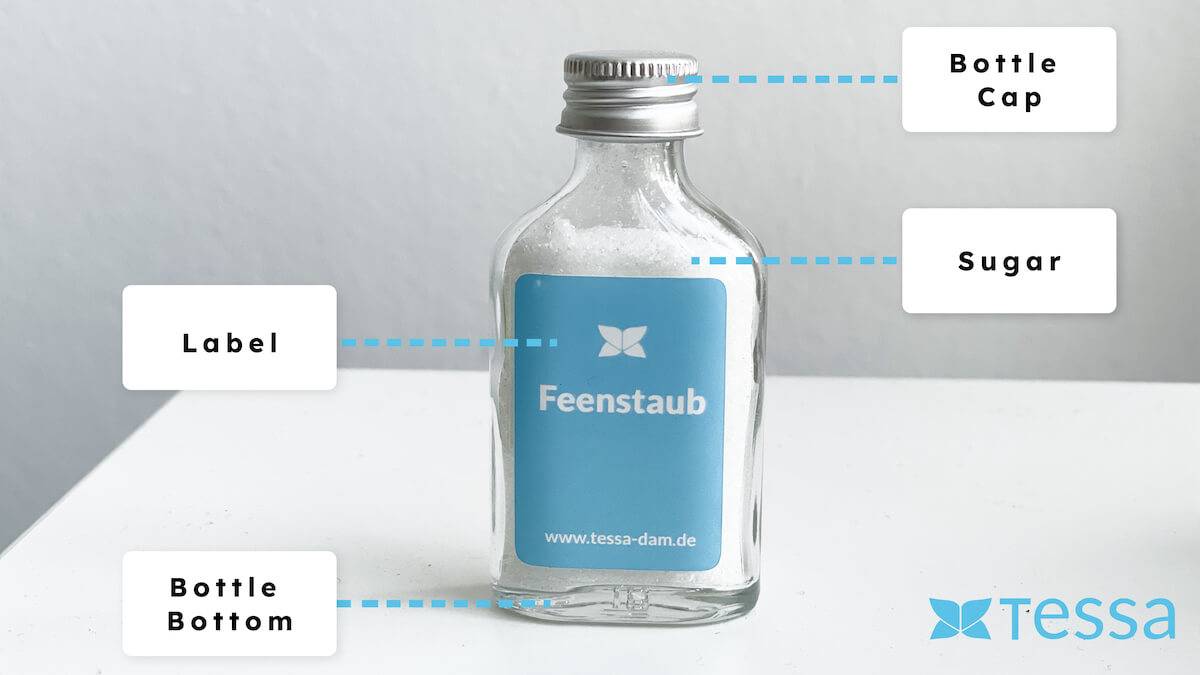What is a tag?
A tag, or tagging, is a process of assigning various attributes to an object, classifying it, or adding labels to it. This makes the object more searchable and organized. For example, Twitter originally introduced the use of a "#" symbol with a keyword to make tweets more easily discoverable. This was something like #lecturehall1, which was used to highlight events in the first lecture hall. While it might sound like a modern concept, it's actually a fairly old technique. Before the computer age, books in libraries were categorized based on keywords to help potential readers find literature on specific topics.
This principle has been extended with tagging, where objects are assigned keywords or labels. In social media, this is often done manually. Sometimes, unique and creative tags are chosen to create specific categories. For instance, a tag like #company-xy-supergame could be used. These tags are then used to appear in different contexts on social media. Competitors might also use such terms at times.
How is tagging done?
Tagging can be categorized into various methods, broadly divided into automatic and manual processes. In the context of social media, tagging is a highly visible process. For example, people can be tagged by placing an "@" symbol before their names. This method is commonly used on numerous platforms and even in systems like Jira or Planner, which are project management tools. Typically, this is done manually.
Additionally, there is factual tagging, where content or objects are assigned keywords or labels. In social media, tags often begin with a "#" symbol, such as #Tagging for this text. In the case of photos or graphics, tags must be descriptive to describe what is in the image, making it more discoverable. Instagram, for instance, offers tools to save frequently used tags for reuse.
However, when there is a need to tag a large number of photos with many objects in them, automation becomes necessary. The Google Cloud Vision API, for example, can automatically recognize and tag objects in photos. The use of "#" symbols for tags or "@" symbols for mentions makes the tags clickable. In our context, these are keywords associated with assets as metadata. Tags are closely related to keywords.
Where are tags stored?
Tags are stored either directly in the text to be tagged or in specially designated database fields or attributes. In the first case, tags are made recognizable by special characters so that they can be transformed into clickable objects automatically. On platforms like Twitter, Instagram, or LinkedIn, a prefixed "#" is used for context, while people or accounts are usually tagged with a prefixed "@".
For assets, the processes are more complex and diverse. Tags can be included in a file, for example, in the IPTC section of JPEG files. When such a file is added to a database, such as a Digital Asset Management (DAM) system, the tags are read again for faster searchability. The DAM system then writes the tags into one or more attributes. Additional tags or keywords can also be added. Storing tags in text fields makes databases much faster to search than directly accessing tags in the meta-sections of the files.
What do tags do?
Tags are an important means of organizing content and objects. While a table of contents is linear and hyperlinks connect content (requiring relatively complex integration, including addresses), tags are easy to integrate and primarily serve a classifying function. Tags, therefore, help make content easier to find, which would otherwise be difficult to locate because they have been classified and placed in categories through the tagging process.





